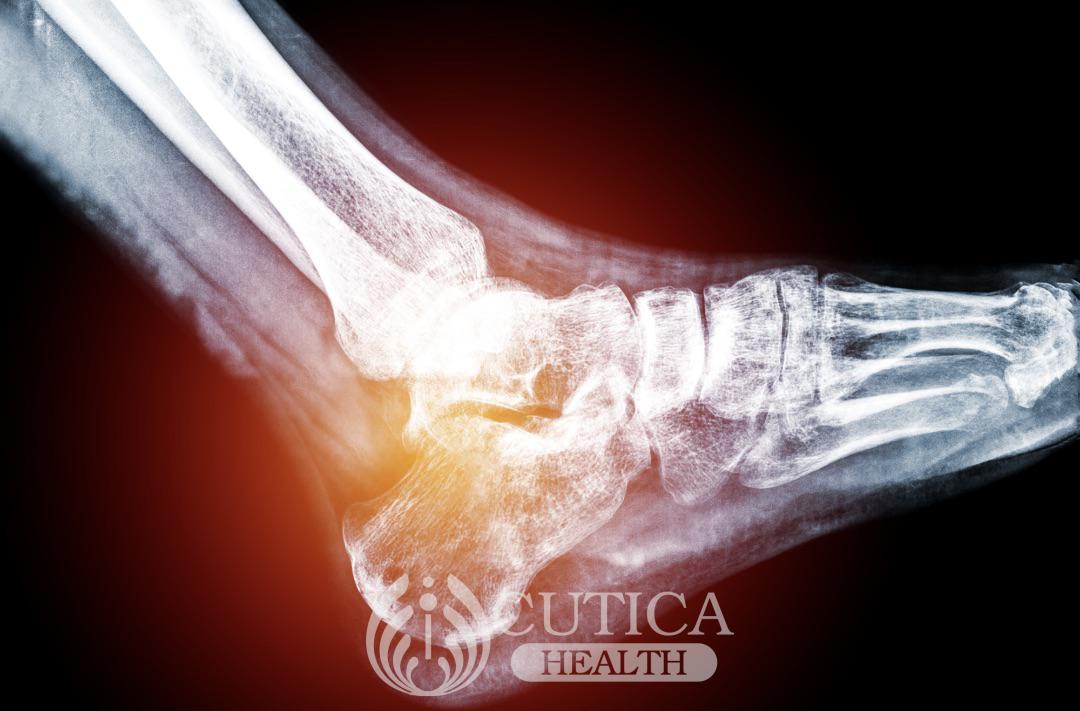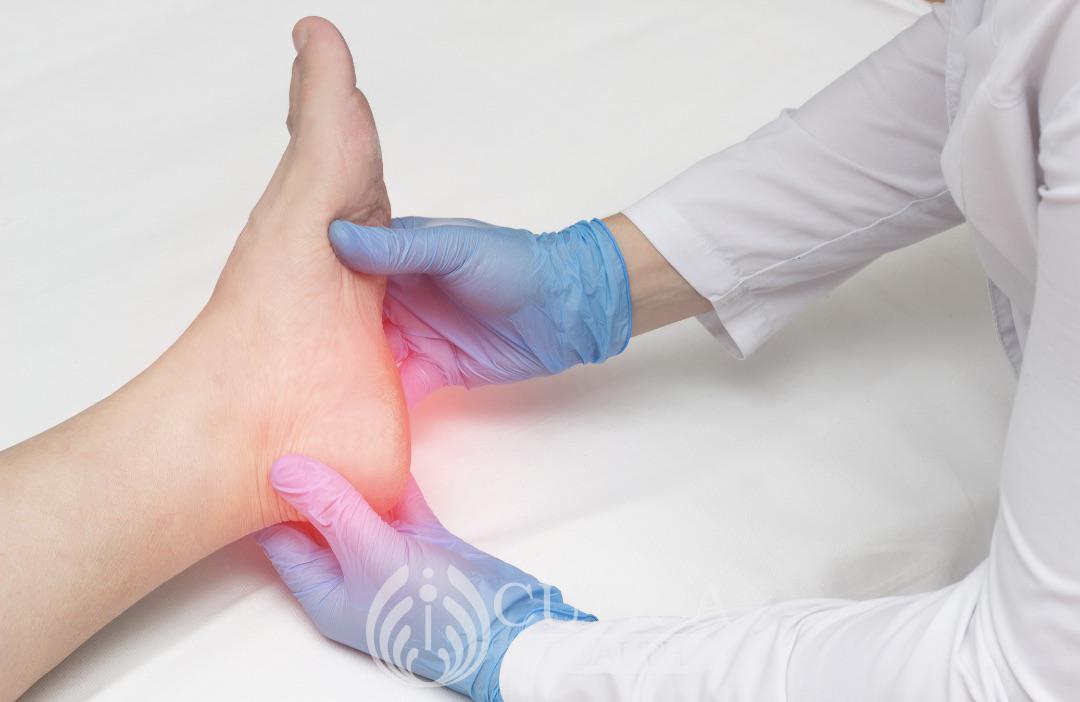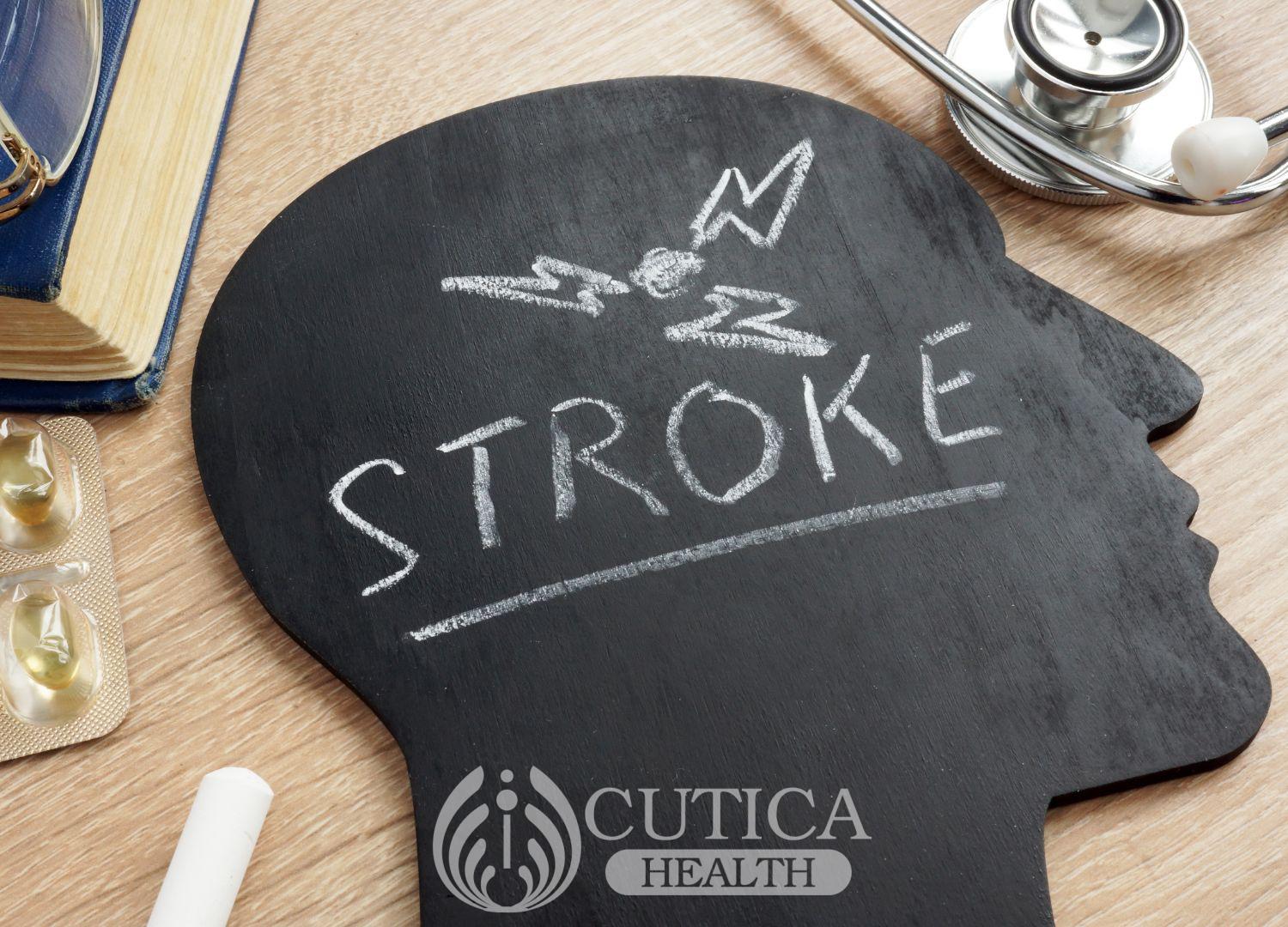
John found his wife sobbing on her bed when he was trying to prepare for work. “What’s the problem?” he asked. Franca complained that she had been experiencing intense pain at the back and soles of her feet, especially when she wakes up in the morning, and the pain has been worsening.
Heel pain is one of the commonest reasons people visit the doctors and one of the commonest foot problems people experience. Heel pain, however, has several causes, and until you see a doctor, you might not know that the pain at the back or bottom of your foot is caused by something serious.

Plantar Fasciitis: Probably the commonest cause of heel pain is plantar fasciitis. How do you know you have plantar fasciitis? Very simple, if you experience heel pain after the first weight bearing steps following a period of rest, such as after waking up in the morning, you most likely suffer from plantar fasciitis. Treatment involves elevating your foot when you sleep, applying ice to the area of pain, and using simple pain killers, including Advil or Tylenol.
Calcaneal stress fractures: The calcaneus is a big bone at the back of the foot. Because it bears all the brunt as you take steps forward and backwards, it could develop tiny stress fractures over time. You should suspect that your heel pain may be due to calcaneus stress fractures when the nature of the pain is progressive, especially with an increase in activity or when you change from working on a softer surface to a harder surface like concrete. The pain is usually progressive in nature. It’s possible to have inflammation around this bone, which doctors call retrocalcaneal bursitis—another cause of heel pain.
Neuroma from nerve entrapment: Despite the seemingly high-sounding name, this is one of the easiest to identify—if your heel pain is accompanied by the sensations of numbness or tingling in that area of the foot, you likely suffer from neuroma, which is an abnormal thickening and swelling around a nerve. This swelling could entrap the nerve, causing intense pain. Burning, tingling and numbness are other typical responses of your nerves when under pressure!
Achilles tendinopathy and other tendinopathies: Tendinopathy refers to inflammation and thickening of tendons—the tough tissue that attaches muscles to bones. This is quite a common cause of heel pain and the way to identify this is that it will really be located at the area where the muscle is attached to bone. Agreed that this may be difficult for you to recognize if you’re not a doctor, seeing a doctor simplifies the diagnosis.
What are the symptoms of heel pain?
The symptoms of heel pain include pain after standing from a sitting position, as well as tenderness, redness, stiffness, and swelling of the affected area.

How do you treat heel pain?
- Rest
- Check your shoe heels and fit
- Massage or physiotherapy
- Ultrasound therapy
- Twice daily ice application
- Common pain killers
- Taping and night splint
- Heel lifts/shoe insert
- Stretching
How to prevent heel pains
- Lose weight
- Treat ankle arthritis if present
- Rest from running and jumping
- Reduce standing time on concrete floors
- Wear comfortable shoes
- Fix worn-out shoe soles

Take-home message: Heel pain is as common as it is nagging. Simple measures could help avoid/ease the pain. If the pain persists, see a doctor.












